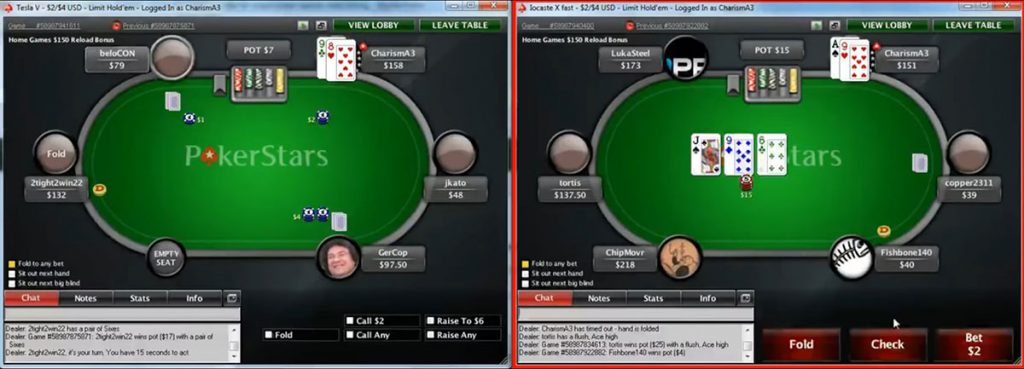Betting in Texas Hold'em: How to Use Chips to Maximize Value?
If you are going to become a successful Texas Hold'em player, it’s absolutely necessary to understand how to bet correctly in poker. If you look at the action at the tables of popular poker rooms, you will notice that most opponents are completely unfamiliar with these basic rules. A bet can be used not only to get chips from the worst combination, but also to turn a hand into a bluff and generate fold equity. To find out what types of bets exist and in what situations they should be used, we offer our today's material for reading.
Bid Types

Some users deliberately avoid promotions, preferring to throw cards in the pass or go into the distribution through a "call". This tactic is erroneous, because it is bets that allow you to generate fold equity and take banks without a showdown. To succeed in Texas Hold'em, you must own several types of bets at once, the most significant of which are:
- Value bet - this bet is made by the player in order to make a profit. If you think that your opponent has the worst hand and is ready to pay with it, it's time to make a value bet. This bet works best against recreational players who often go to the bank with marginal hands and like to push them all the way to the showdown. As a rule, the size of the value-beta should be large, in most cases it is worth betting from 75% to 100% of the bank;
- Slowplay - This strategy works well in a situation where you get a strong hand on the flop with a low number of possible worst combinations. In this case, it will be pointless to put a value-bet, because your opponent is unlikely to have anything to answer, instead, it is better to play a “check” and pass the initiative into the hands of your opponent;
- Protection - The first three cards in Texas Hold'em often provide opportunities for collecting strong combinations in the late streets. If you hit the top pair, but there is a flash draw or a straight draw on the board, you can stop your opponent from buying outs cheaply and showing your best hand at showdown through a bet;
- Bluff - Bluff bets should be done very carefully and only in suitable situations, otherwise you risk losing your accumulated bankroll quickly. To effectively bluff, you need a great gaming experience behind you, without it you will not be able to predict the hands of opponents. With the help of bluffing, many banks can be withdrawn without opening pocket cards, so you will receive income automatically.
There are other types of bets in Texas Hold'em (for example, donkbet or blockbet), however their use is suitable only for specific strategies. If you learn to value-bet, play slow-play, defend against the draw and bluff it is appropriate, after some time, success in poker will come to you on its own.
Game varieties

Texas Hold'em is the most popular type of poker, this discipline is played all over the globe. Depending on the betting system, there are three main variations in Texas Hold'em:
- Fixed limit - in this type of poker, the size of bets is strictly limited, you can only make them in the amount that the table rules allow. For example, in Hold'em $1 / $2 in the first two rounds of trading, the maximum bet cannot exceed $1, while in the later streets this limit rises to $2;
- Pot limit - when playing pot-limit, not a single participant of the distribution can put more chips than is already available in the collected bank. This restriction makes it easier to control the size of the sweat, so this variety is not as dynamic as No Limit Hold'em;
- No limit - The main variation of Texas Hold'em in which there are no restrictions on bets. You can send all the chips to the center of the table at any time of distribution, so the size of the average pot is seriously increasing.
As you can see, there are a lot of varieties of Texas Hold'em, and each of them is arranged according to its own rules. To understand how to correctly put in poker, we recommend that you choose one specific game and thoroughly understand all possible situations in it.